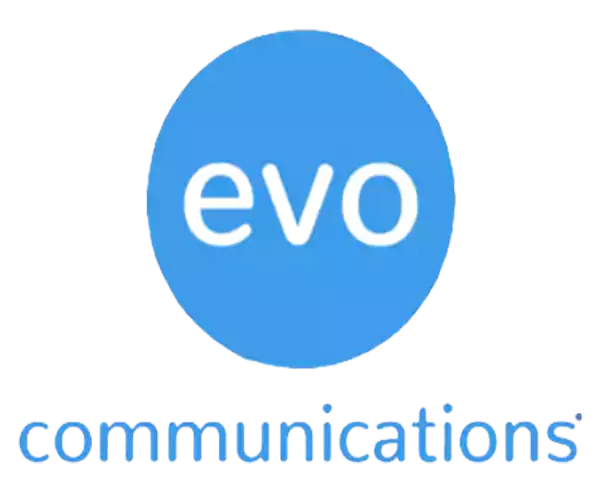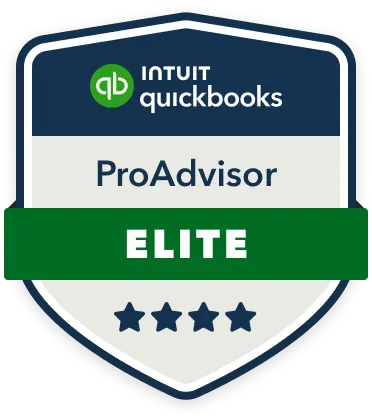Increasing Cash Flow Part One – Revenue
We’ve said it before, and we’ll say it again, “cash is king.” Cash flow enables businesses to weather stormy seas and forge ahead safely and securely, regardless of the economic forecast.
There are three levers you can pull to permanently increase the amount of cash in your company:
In Part One of this series, we’ll focus on revenue. Revenue is your largest cash flow driver. The reason is pretty clear: revenue has no upward limit. Expense control does. You’ll never get to zero dollars spent in cost of sales or overhead, but there’s no cap on how much you can earn as long as you do it wisely and responsibly.
When looking at Revenue as a cash-flow driver, there are several things you want to consider:
Capacity
The name of the business game is maximizing return on investment. So it follows that when looking at increasing revenue, you will want to examine where in your organization you have extra capacity to absorb that new revenue. Who or what is idle? Do you have some machine time available? (Not to be confused with a time machine, which could benefit many businesses.) Are there members of your sales team or engineering team who can handle additional work? That’s where you want to look at expansion first, because by increasing productivity on existing resources, you’ll need to invest less capital.
Marketing Mix / Contribution Margin
Most businesses have more than one thing they can sell. Each thing you can sell has a different total cost. And we do mean total cost. We recommend going beyond your gross margin calculation and looking at contribution margin. Why? Contribution margin takes into account ALL costs involved with providing the good or service, such as sales expense (commission, benefits, salary); the cost of collecting the funds; and other expenses that can be tied directly to that revenue stream. The result? You’ll often find a different ROI when you examine contribution margin. And, as we’ve discussed, you want the highest ROI you can get. Couple the contribution margin with where you have additional capacity, and you have an interesting conversation. And, more to the point, you’ll probably have a fairly clear direction of where to place your emphasis on revenue growth.
Growth Takes Cash
Heard this one a million times? That’s because it’s true. And we’re here to give you the full story. You need to know how much you can afford to grow given your current operating cash-flow cycle. This is imperative whether or not you seek outside funding. If you do seek outside funding, you’ll have to know how much you’ll need. If you don’t, you’ll need to know how much you can afford without getting into trouble. There’s actually a self-funding growthformula. Make sure you run this formula before you embark on tevenue as a cash-flow generator. Not familiar with this formula? Ask us.
One Final Note
Before adding additional revenue, you may want to take a moment to ensure that your current revenue systems are working properly:
- Are you billing everything your contracts say you can bill?
- Are you capturing all your revenue?
- Are all of your customers profitable?
- Are all of your current products and services profitable?
- Are your billing and collections systems working as efficiently as possible?
Adding more complexity to a broken system can be a recipe for disaster. So…the short answer? Pull the revenue lever. The real answer? Pull it wisely.
One of the best ways to gain a macro view of your business is through SG&A Reporting.
If you’re looking for a trustworthy bookkeeper or accountant, contact us today to learn how OWL can help you.

Learn More About How OWL Can Help You
Bookkeeping
Whether you need help with accounts payable, payroll or your monthly close, our accountants ensure these critical tasks are completed accurately and on time so that you have no business disruptions.
Accounting
When your books are up to date, you can respond to opportunities and challenges quickly. Accurate, bank-ready financials allow you to make better decisions for your company.
Financial Planning
Gain access to powerful insight typically only available to companies that employ a full-time controller or CFO. Leverage their expertise when you need it, without adding to your payroll.
Freedom to Focus on Your Business
Our Partner Organizations →


















Get the Full View of Your Business Financials
Just like an owl can turn their head 270 degrees to see the whole landscape, Owl Bookkeeping and CFO Services can help you see your full financial picture.
Call us today: (612) 816-6007




